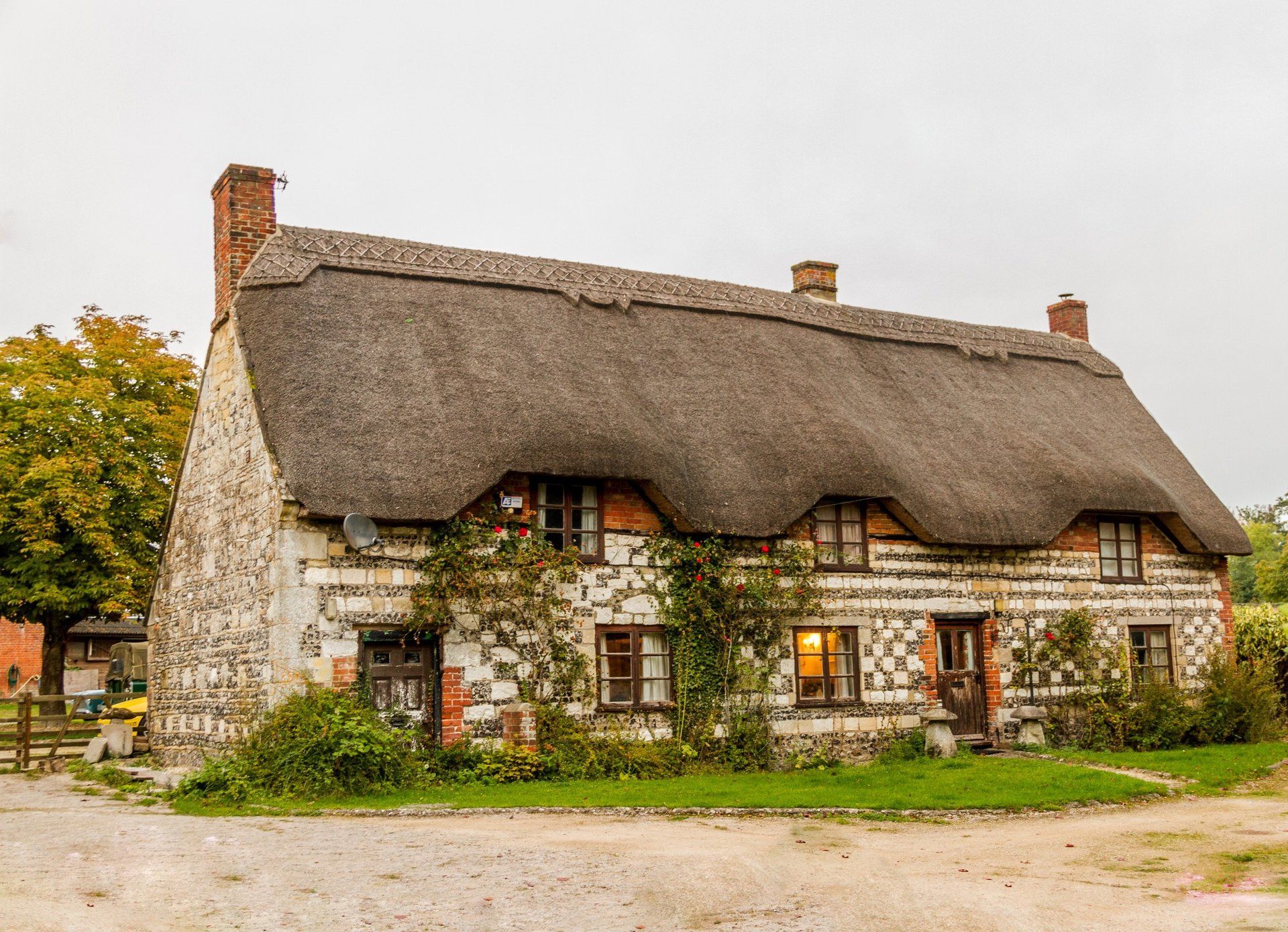Listed Home Insurance
For many people, buying your home will be one of the
most expensive purchases you will ever make.
Be sure that you are protected against the unexpected
by insuring your Home through AC Insurance.
The grade listing system came about in 1947:
Put in place to protect buildings which are considered to be of special architectural or historical interest. If a building is listed, permission must be sought from the local planning authority before making any changes that could have an effect on its appearance.
Owning a listed property means that the building cannot be demolished, altered or extended without expressed permission from the Local Planning Authority. Listed properties will often be made using non-standard or ‘traditional’ methods and materials or require specialist workmen at the request of the local planning authority. This in turn may make sourcing workmen or materials more timely and/or expensive.
One of the main concerns when insuring a listed building is the extra time it can take to source materials, workers and gain approval from the council to get repairs done. In the event of a claim this extra time often means extra expense at a cost to insurers. One example would be if the property needed to be demolished, it could take longer than normal when parts of the property need to be salvaged for use in the restoration or rebuild.
The United Kingdom’s listed buildings are divided into various categories:
Grade I Listed
A building of exceptional
historical or architectural
significance.
Grade A in Scotland & NI
Grade II* Listed
An especially interesting building with historical or architectural significance.
Grade B or B+ in Scotland or NI
Grade II Listed
A building of special interest, warranting every effort
to preserve them.
Grade C or B1/B2 in Scotland & NI









